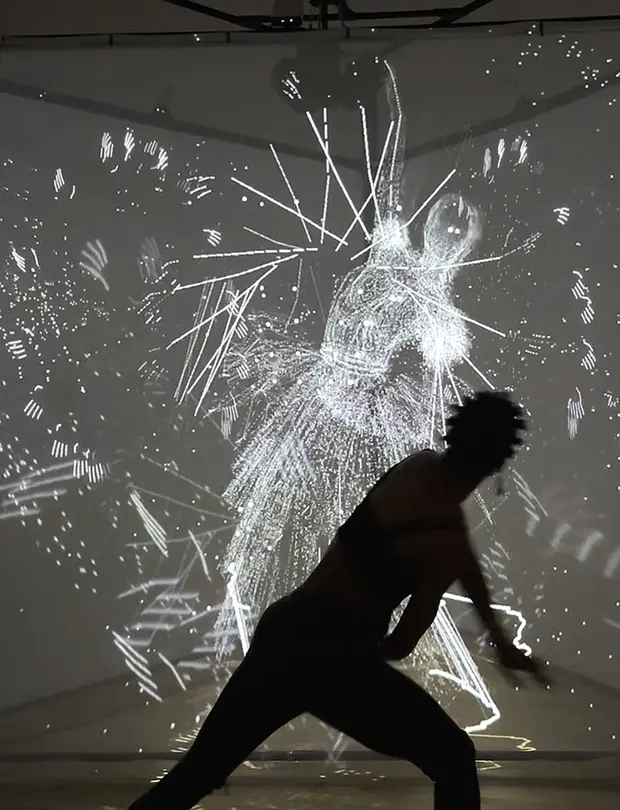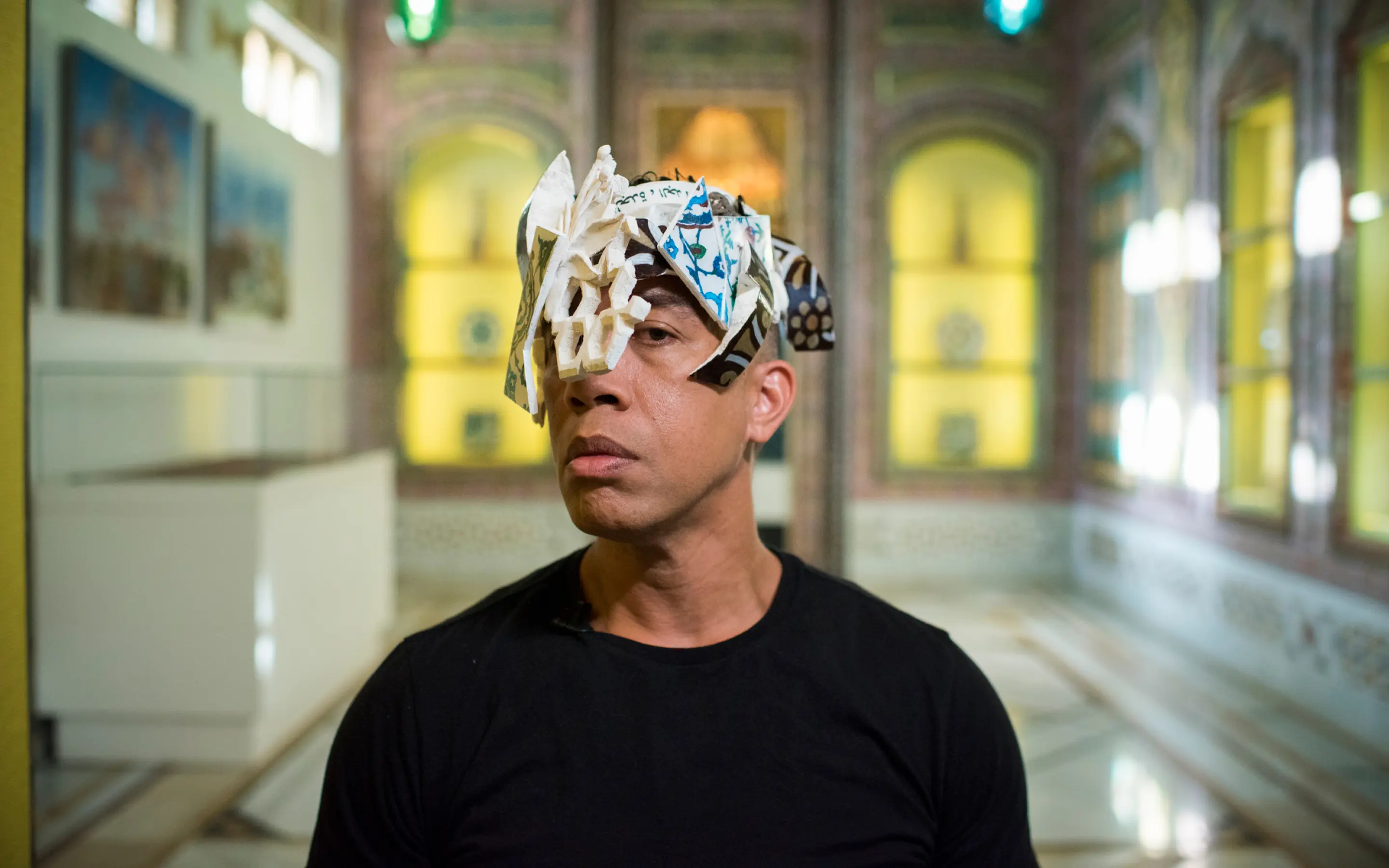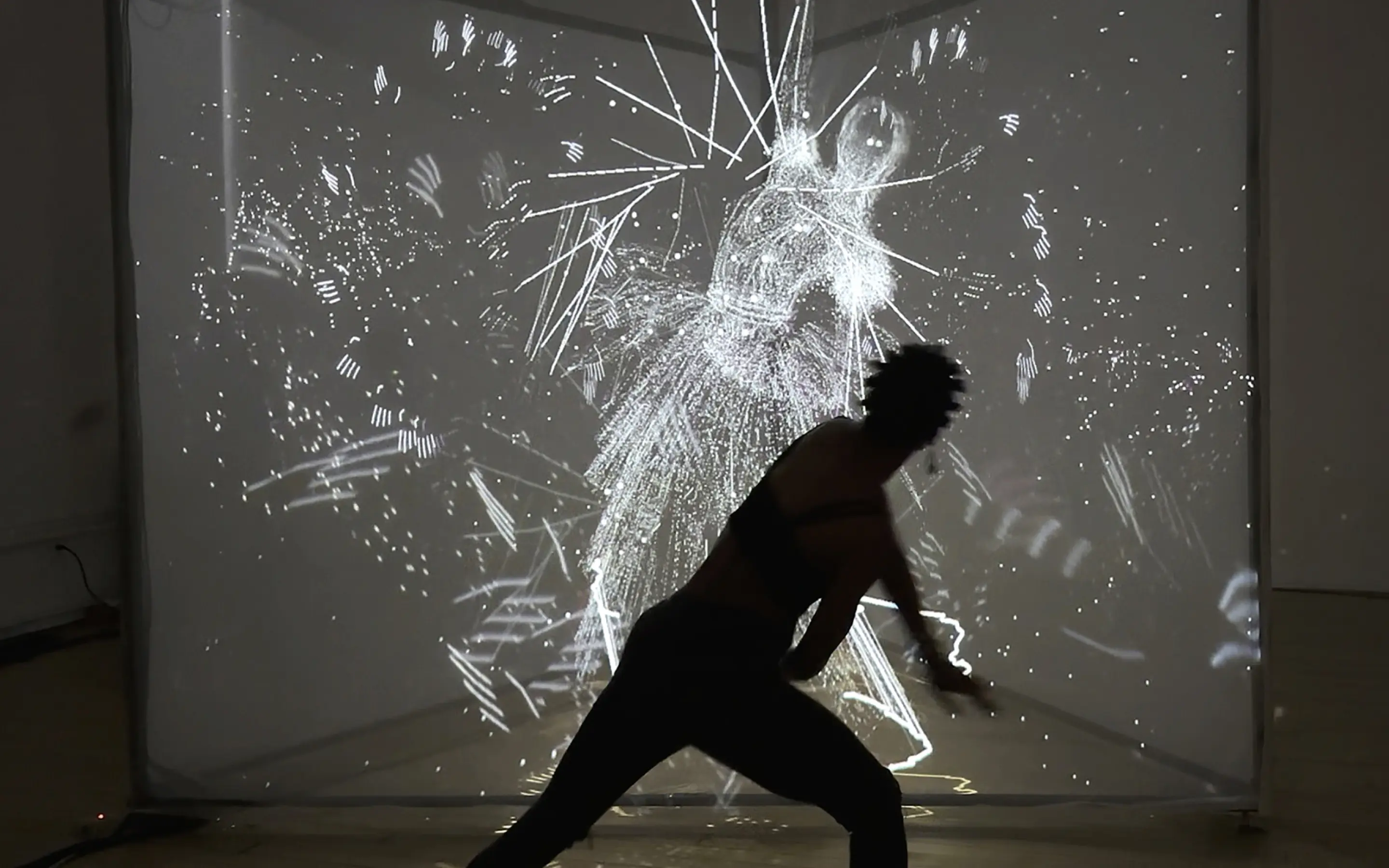Doris Duke Foundation Announces Grants to 20 Innovative Theater, Jazz, Contemporary Dance and Multi-Disciplinary Projects Through Its Inaugural Performing Arts Technologies Lab
Sept. 25, 2024 - New York – The Doris Duke Foundation today announced the 20 pioneering artists, technologists, and arts organizations that will receive grants through the inaugural Performing Arts Technologies Lab, a first-of-its-kind accelerator for projects seeking to explore innovative uses of digital technology in the performing arts. Projects accepted into the Lab will receive funding for prototyping and feasibility testing, production facilities advice and knowledge- and network-building opportunities.
“These aren't just technology projects. They are ambitious proposals to radically innovate in the performing arts—how they are made, how we experience them and who they are for,” said Sam Gill, president and CEO of the Doris Duke Foundation.
Selected projects tackle a wide range of opportunities in how the performing arts are produced, distributed, and consumed, including:
Doris Duke Foundation Arts Program Director Ashley Ferro-Murray said, “The more than 700 applications we received for this program sent us a clear message: performing artists are ready and excited to push the boundaries of what technology can do. They are asking critical questions about open-source approaches, accessibility and representation. Our goal is to help these innovators do what artists do best— bringing new, powerful experiences to audiences.”
In addition to funding, a critical part of the Lab experience will be technical advice and programming that help grantees build and benefit from peer-to-peer support networks across the field.
The initiative generated widespread enthusiasm, with an open call generating 745 applications from individual artists, universities, presenters, producers and arts organizations in 43 states, as well as Washington, D.C., and Puerto Rico.
Grant Recipients in the Inaugural Performing Arts Technology Lab
About the Doris Duke FoundationThe mission of the Doris Duke Foundation (DDF) is to build a more creative, equitable and sustainable future by investing in artists and the performing arts, environmental conservation, medical research, child well-being and greater mutual understanding among diverse communities. DDF focuses its support to the performing arts on contemporary dance, jazz and theater artists and the organizations that nurture, present and produce them.
























